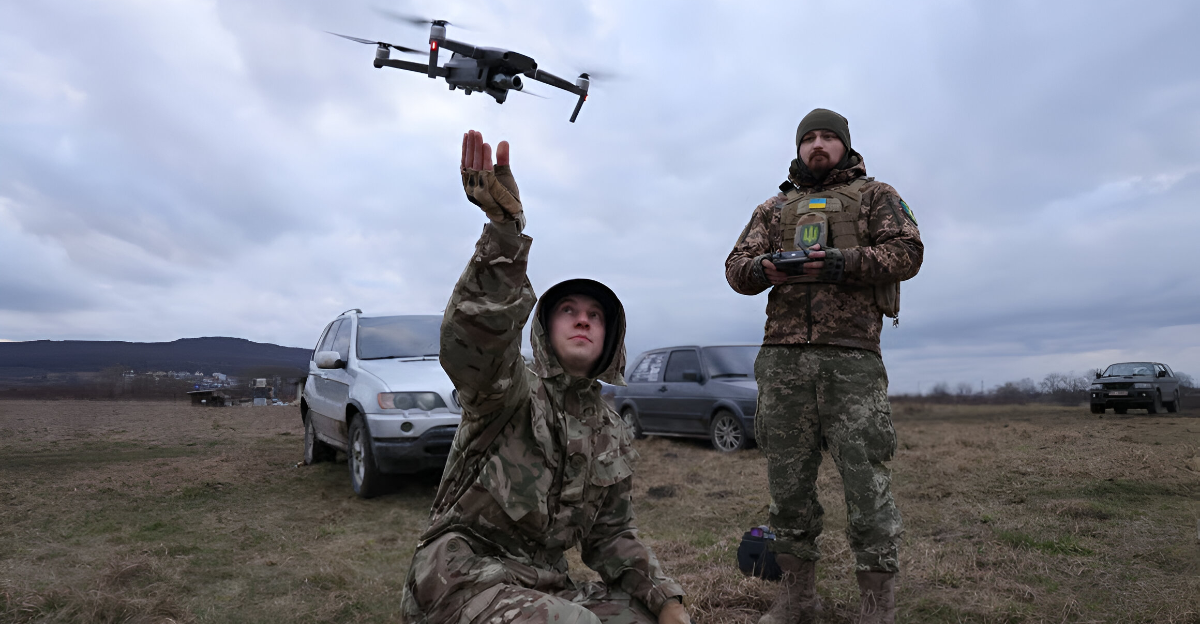
A powerful drone attack started a huge fire at one of Russia’s major chemical plants overnight. The explosion lit up the sky, marking one of the most serious industrial assaults since drone strikes became a feature of this war.
The blaze tore through production lines, forcing around 140 night-shift workers to rush underground for safety. Emergency teams battled the wall of flames for hours, their efforts hampered by exploding tanks and spreading heat. Authorities have yet to confirm how long damage control will take.
Why This Location Matters

Russia’s Samara region isn’t just another industrial area, it’s one of the country’s key chemical and fuel production hubs. The damaged facility was known for making solvents and compounds used in both everyday products and, reportedly, defense manufacturing. That dual role made it a strategic target.
Ukraine’s recent long-range drone operations appear to focus on hitting such high-value sites deep inside Russian territory, aiming to disrupt supply chains that support the war effort. Satellite images show the plant sprawling across several hectares, with tanks and storage zones close together, easy fuel for a massive fire.
How the Blaze Started
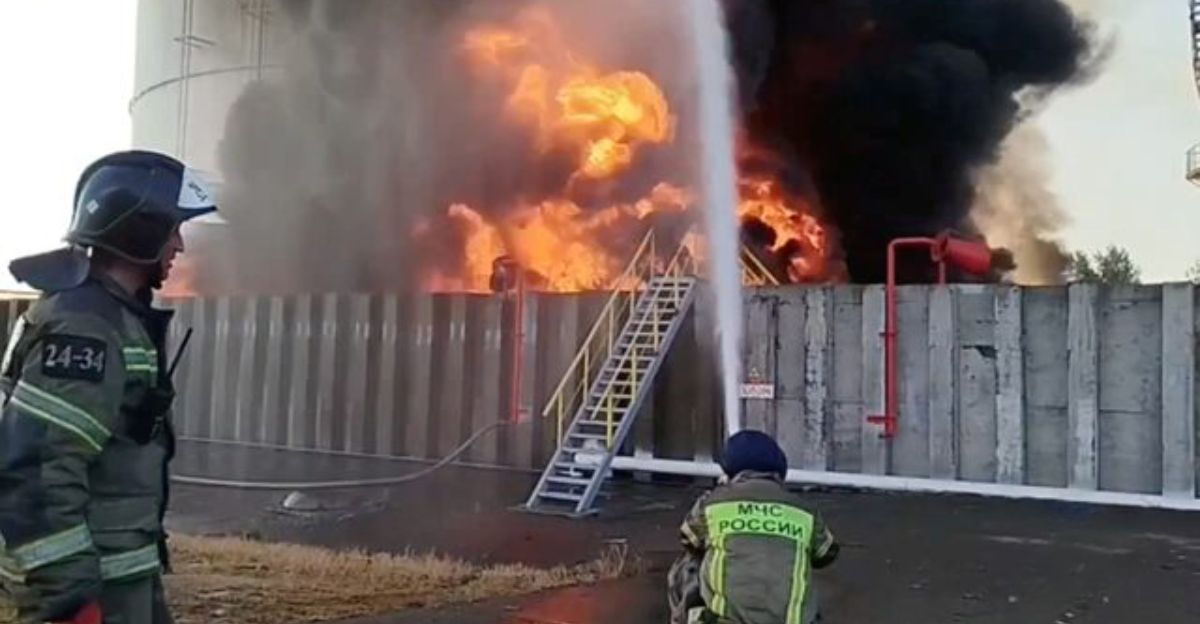
The fire erupted just after midnight. Residents nearby described loud bangs that shook their homes before the sky lit up orange. The explosions set off secondary blasts as chemical containers burst under heat and pressure. “Drones hit at least five tanks. A large-scale fire is recorded on the territory of the oil depot,” said a source in Ukraine’s Security Service (SBU).
By the time firefighting teams arrived, flames towered over 30 meters high, visible for miles. Despite arriving within minutes, emergency crews struggled for hours to contain the inferno. The chemical nature of the site made water sprays dangerous, forcing teams to rely on specialized foam to smother the flames.
Workers’ Race for Safety
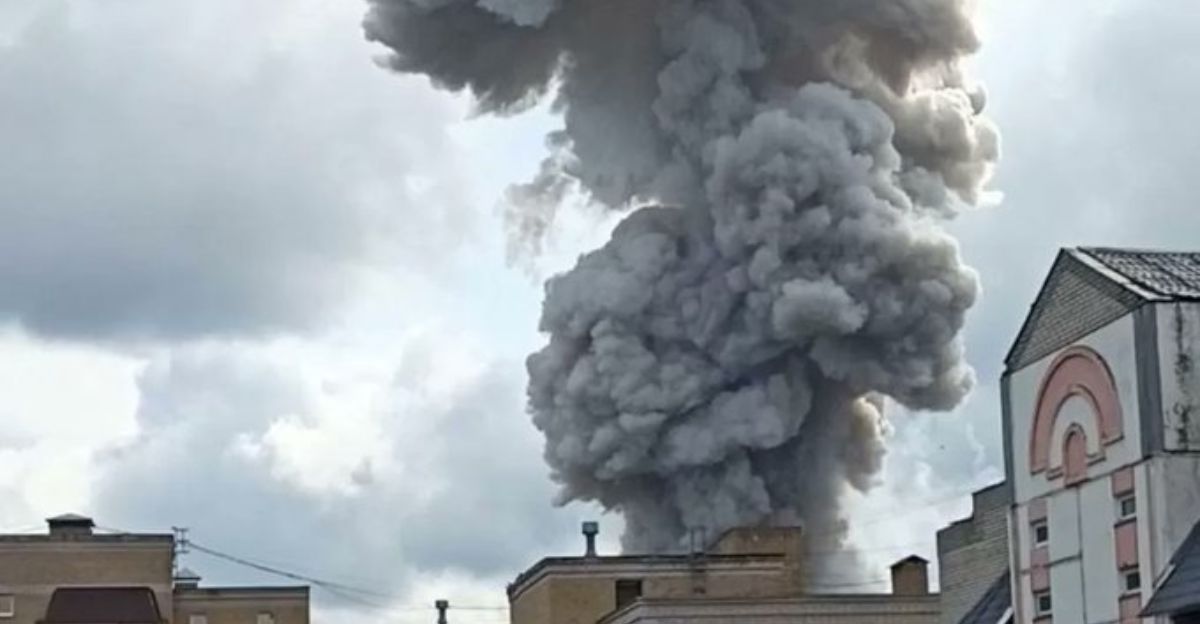
While explosions shook the plant, about 140 workers scrambled into underground safety shelters built for emergencies. For hours, they waited until rescue teams confirmed it was safe to come out.
All personnel survived, though several were hospitalized for smoke inhalation. The company’s safety systems, including blast doors and air filters, reportedly worked as designed.
Locals Describe a Night of Chaos
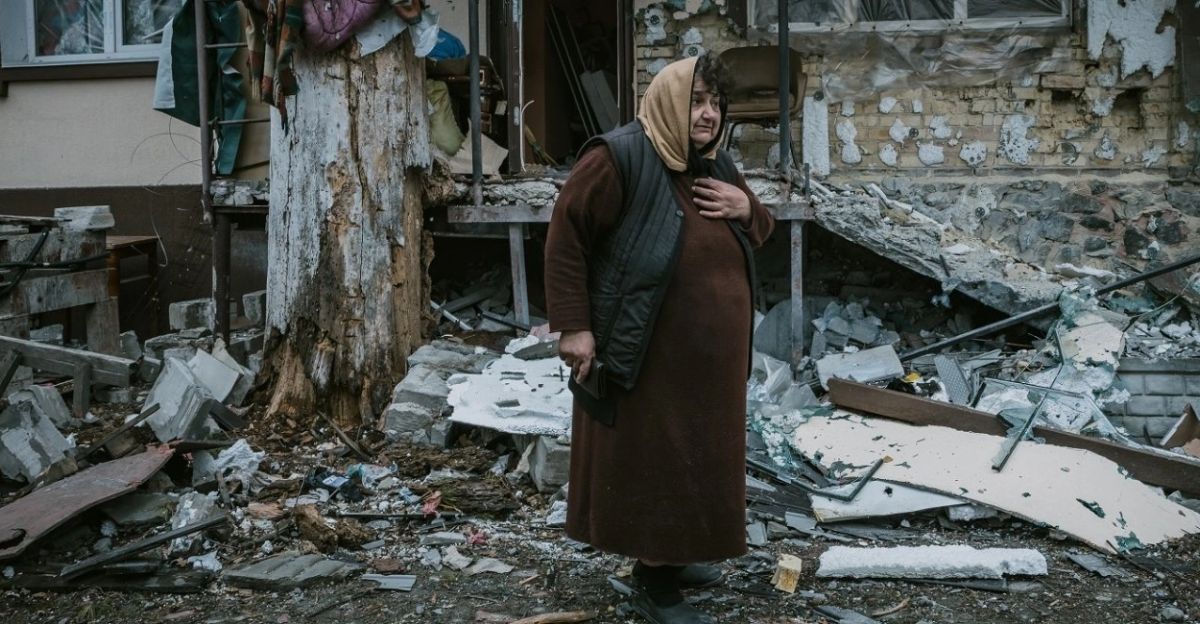
Residents living near the site recounted what felt like a war zone. Many woke up to windows rattling and a series of deafening blasts. Some claimed they saw bright trails crossing the sky, suggesting drones used precision targeting systems.
Others captured videos showing a second explosion as chemical tanks ignited. Online, social media forums are filled with unverified drone footage, sparking debates about the growing reach of unmanned attacks.
Russia’s Official Response
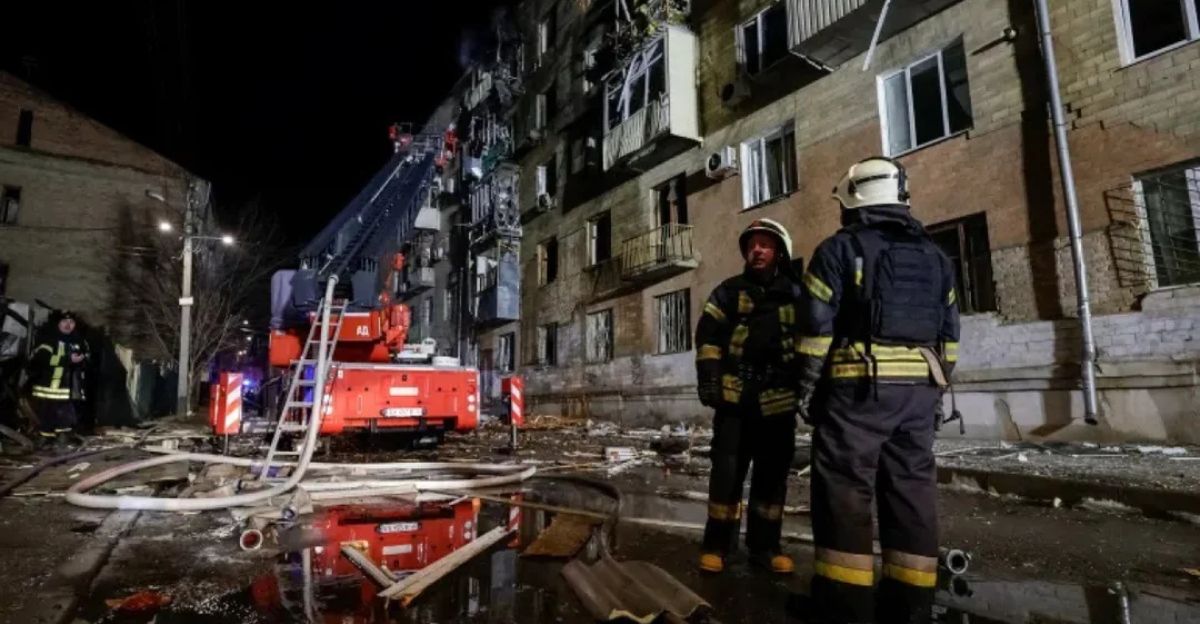
By morning, Russia’s Ministry of Emergency Situations (EMERCOM) had more than 300 responders and 45 fire trucks battling the blaze. Officials later declared the situation under control, though rare air quality warnings remained in effect for Samara residents due to toxic fumes.
Cleanup teams wore protective gear to manage chemical runoff. Authorities insisted that the fire was not a threat to nearby towns, but environmental groups urged continued monitoring.
Was Ukraine Behind the Strike?

Ukraine hasn’t claimed responsibility, sticking to its policy of strategic ambiguity regarding operations inside Russia. However, Russian media and military sources quickly blamed Kyiv, citing recovered drone fragments.
Western defense experts say the attack fits Ukraine’s recent pattern of targeting fuel depots and industrial plants linked to Russia’s war logistics. The Kremlin has not revealed whether it managed to intercept any of the drones, suggesting radar systems may have been bypassed.
Technology Redrawing Warfronts
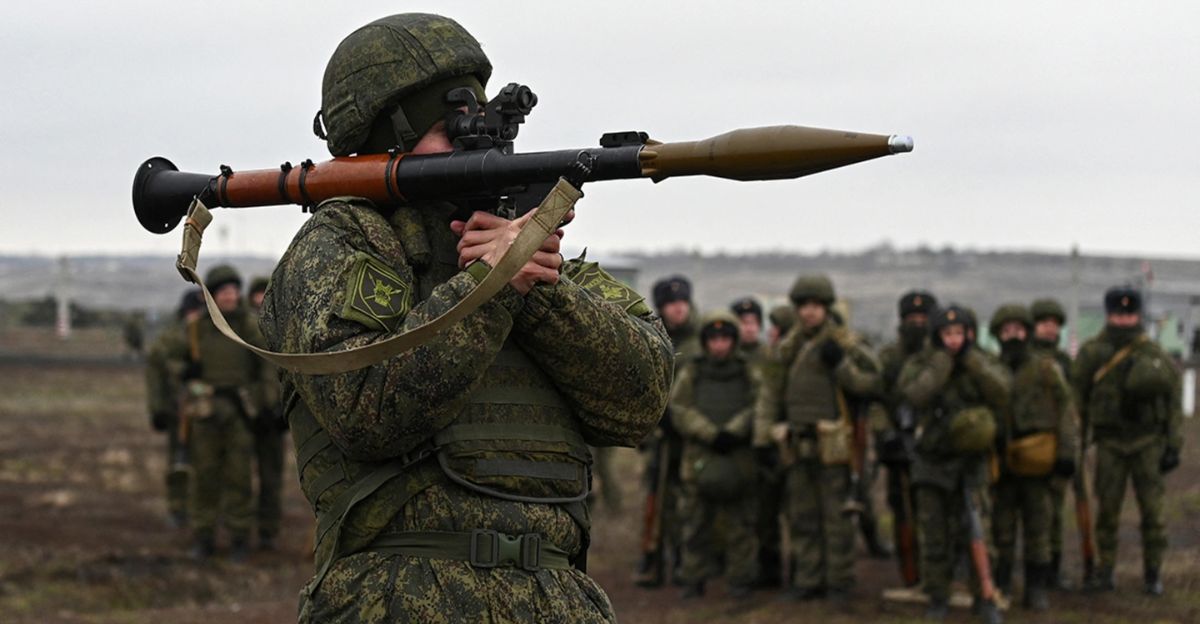
This attack demonstrates how drones have changed modern warfare. Once limited to frontlines, these remotely operated weapons can now reach targets hundreds of miles away.
In 2025 alone, Russia reported at least 50 similar long-distance strikes, signaling a shift toward deeper, asymmetric engagement. Analysts note that both sides are racing to adapt, using artificial intelligence and satellite navigation to outsmart traditional air defenses.
Chemical and Ecological Dangers
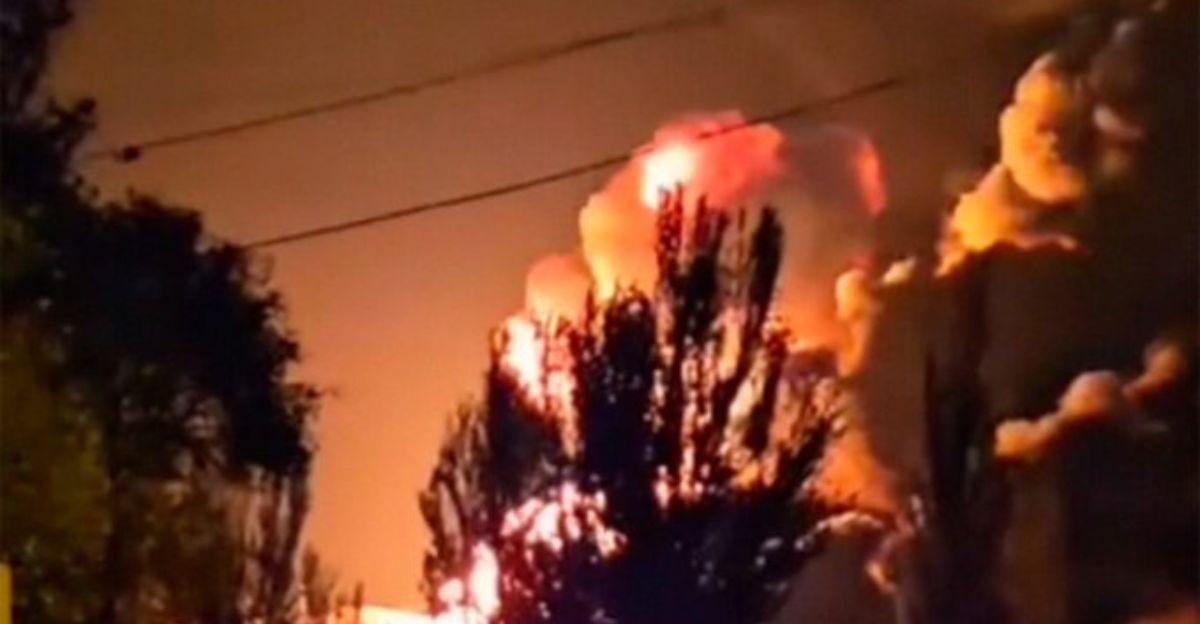
Chemical fires are far more dangerous than ordinary industrial blazes. They release poisonous gases and can contaminate water sources. Environmental activists from the group Green Samara warned that chemical-laced foam used by firefighters might seep into the Volga River basin.
If confirmed, that could affect drinking water for several downstream communities. Russia’s environmental watchdog promised to test soil and water within 48 hours. Independent scientists, however, called for transparency and third-party verification.
Blow to Russia’s Economy
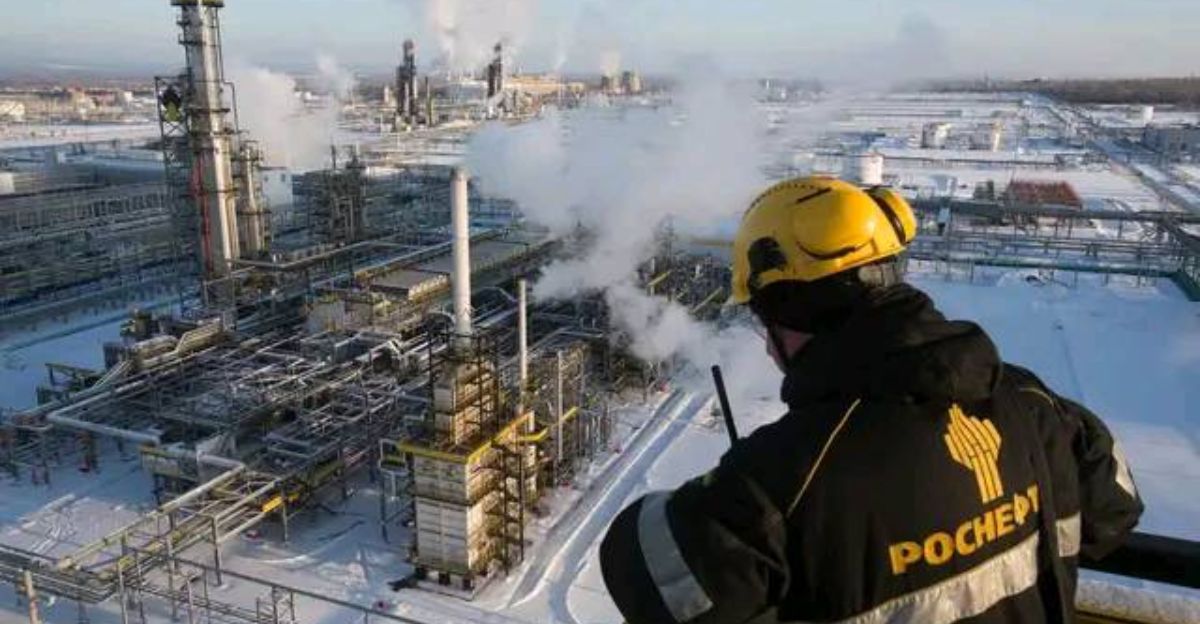
The plant accounted for over 15% of Russia’s industrial solvent production. With operations paused indefinitely, factories across the country now expect shortages. Economists predict ripple effects on exports and domestic manufacturing prices.
The Russian Union of Industrialists warned of temporary disruptions in supply chains, though the full economic toll remains unknown. Reconstruction could take months, given the specialized equipment required.
Government Denounces Terror Attack
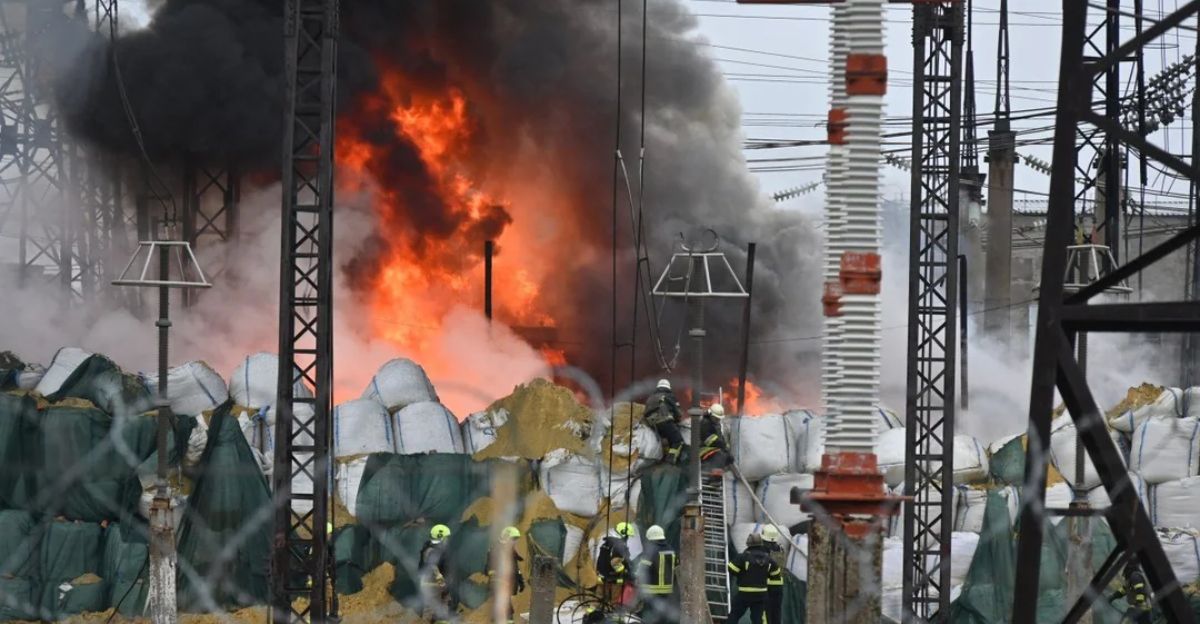
In a national address, Samara Governor Dmitry Azarov condemned the strike, labeling it an act of terrorism against civilian industries. He announced plans to rebuild the plant and strengthen protection at similar facilities.
However, he avoided acknowledging whether the factory served any military purpose. The Russian government framed the incident as part of a broader campaign by hostile forces to destabilize domestic infrastructure. Azarov reassured the public that relief funds would compensate affected workers and nearby residents.
Military Experts Weigh In

Defense and intelligence analysts say the Samara strike fits a growing Ukrainian strategy of targeting the heart of Russia’s war economy. By striking fuel depots, refineries, and now chemical hubs, Kyiv aims to choke Moscow’s production lines.
The strikes, however, carry risks of retaliation and escalation. Moscow has hinted at new drone countermeasures, suggesting an intensifying technological arms race over the next year.
Impact on Local Communities

Residents near the explosion site were evacuated overnight. Emergency crews set up temporary shelters, offering food, water, and medical checks. Schools, offices, and shops remained closed as authorities tested the air quality.
People received protective masks and were told to stay indoors until further notice. Health Minister Mikhail Murashko confirmed that prolonged exposure to chemical fumes could pose health risks, especially to children and the elderly.
Global Reaction and Warnings
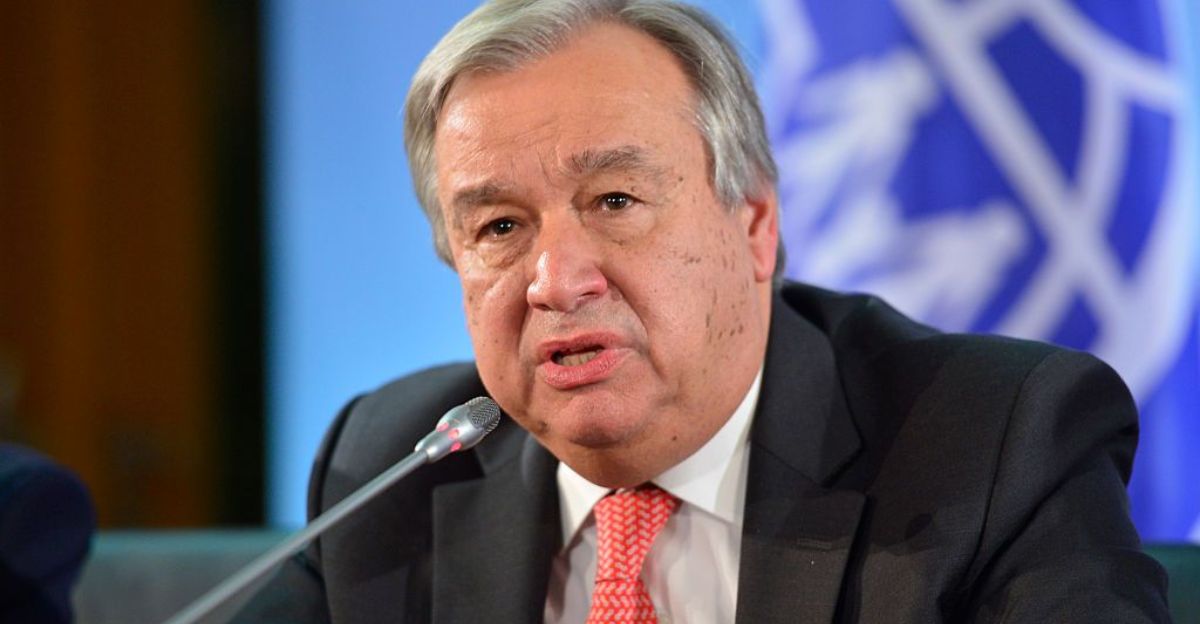
The international community reacted swiftly. Western analysts described the strike as part of Ukraine’s tactic to even out Russia’s overwhelming firepower. U.N. Secretary-General António Guterres urged both sides to avoid targeting infrastructure that could harm civilians or the environment.
NATO officials reiterated support for Ukraine’s defense capabilities but cautioned that escalation into industrial warfare could have global consequences. Humanitarian organizations called for independent assessments, warning of potential long-term health effects.
What Comes Next?

By mid-afternoon, firefighters were still cooling down pockets of smoldering debris. Investigators began assessing the structural damage and potential sabotage patterns. The full extent of destruction remains unclear, but specialists predict partial rebuilds will take months.
Meanwhile, Russia’s security agencies face mounting pressure to improve internal air defenses. The incident also raises a difficult question, can Russia protect every industrial site as the drone war moves deeper inland?